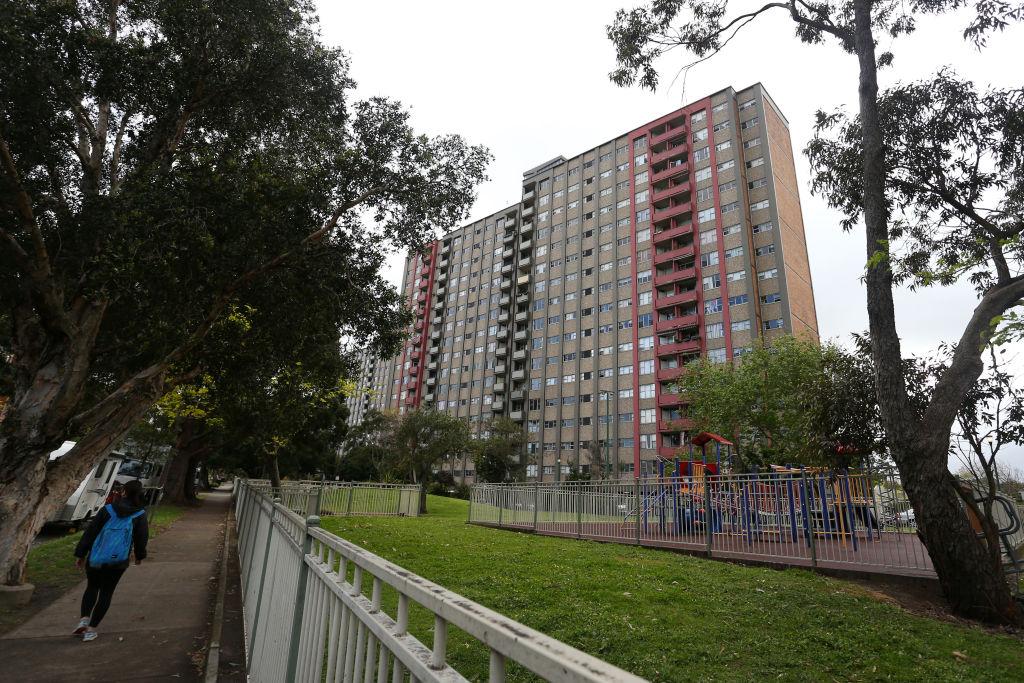The Australian government has introduced a $10 billion (US$6.95 billion) package to address the lack of social and affordable housing across the country, touting it as a “turning point” for Australian home ownership.
On Feb. 9, the Australian government announced that it would table new legislation to the parliament to establish the Housing Australia Future fund, which returns are used to finance social housing construction.





